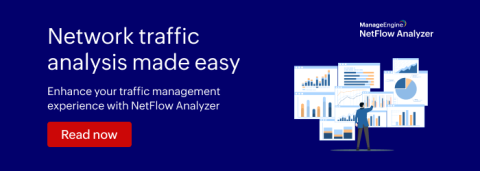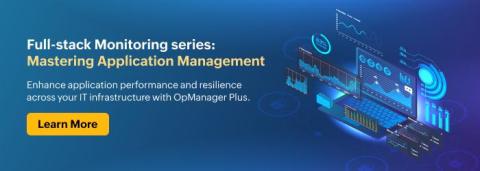The CloudFront solution with CloudSpend: Simplifying cloud cost management
Amazon CloudFront cost management Cloud services have revolutionised how businesses operate, with Amazon CloudFront leading the charge in delivering content seamlessly. But as convenient and powerful as CloudFront is, managing its costs can sometimes feel like trying to solve a jigsaw puzzle in the dark. That’s where CloudSpend steps in—a tool designed to provide clarity and control over CloudFront expenses.

















